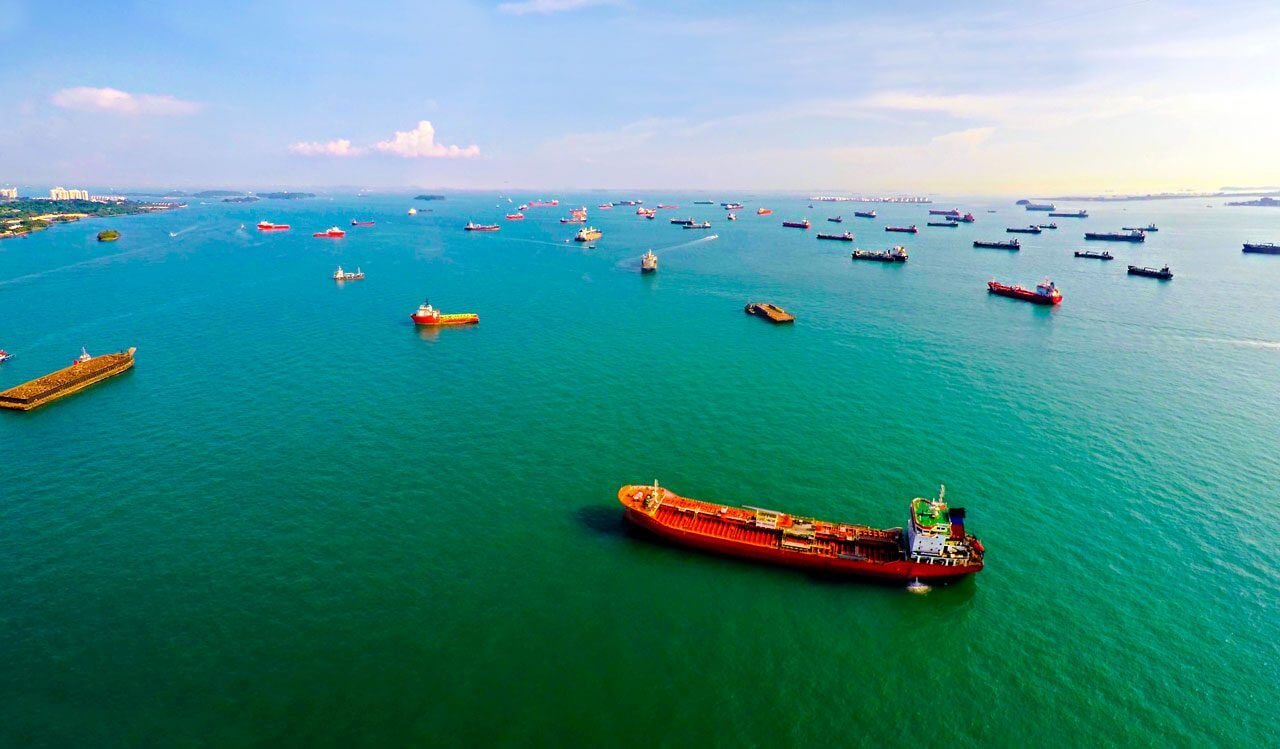The concept of Outer Port Limit (OPL) is integral to the maritime domain, defining the boundaries within which vessels can operate before entering a port. These limits play a crucial role in maritime logistics, security, and international trade, acting as a navigational parameter that influences the efficiency and safety of maritime activities. In this exploration, we delve into the significance of Outer Port Limits, understanding their dynamics, and recognizing their impact on the global maritime landscape.
Understanding Outer Port Limits:
Outer Port Limit refer to the designated boundary or demarcation beyond which vessels are expected to anchor or wait before proceeding to the port. These limits are established to manage maritime traffic, optimize port operations, and enhance safety by regulating the approach of vessels to busy port areas. While the specifics can vary from port to port and are often defined by maritime authorities, Outer Port Limits generally encompass an area where vessels can anchor or loiter without obstructing the main shipping channels.
Key Components of Outer Port Limit:
1. Anchorage Areas:
OPL typically includes designated anchorage areas where vessels can wait before their turn to enter the port. These areas are strategically located to ensure efficient traffic management and prevent congestion in the main navigation channels.
2. Navigational Safety Zones:
Safety is paramount in maritime operations. OPL often incorporates navigational safety zones to minimize the risk of collisions and facilitate the safe maneuvering of vessels. These zones may include regulations on speed limits, traffic separation schemes, and other navigational guidelines.
3. Environmental Considerations:
OPL may take into account environmental factors, such as water depth and seabed conditions, to ensure that vessels can anchor safely. Environmental assessments help in determining suitable locations for anchorage within the Outer Port Limit.
4. Vessel Size and Draft Restrictions:
Outer Port Limits are established with consideration for the size and draft of vessels. Certain areas within the limits may be suitable for smaller vessels, while others are designated for larger ships. Draft restrictions may be in place to prevent vessels with deeper drafts from navigating into shallow waters.
5. Coordination with Vessel Traffic Services (VTS):
Outer Port Limits are closely coordinated with Vessel Traffic Services, which are responsible for monitoring and managing vessel traffic in and around ports. This coordination ensures effective communication and enhances overall maritime safety.
Significance of Outer Port Limit:
1. Traffic Management:
OPL plays a pivotal role in managing maritime traffic. By designating specific areas for anchorage, it prevents congestion in the main channels leading to the port. This orderly arrangement ensures a smooth flow of vessels and minimizes the risk of collisions or bottlenecks.
2. Optimizing Port Operations:
The strategic placement of the Outer Port Limit allows port authorities to optimize their operations. Vessels can wait in designated anchorage areas until they receive clearance to proceed to the port for loading or unloading. This helps in streamlining the overall logistics chain.
3. Safety and Risk Mitigation:
Safety is a primary concern in maritime activities. Outer Port Limits are designed to mitigate risks by regulating vessel movements, avoiding navigational hazards, and preventing situations where vessels might interfere with each other’s safe passage.
4. Environmental Protection:
OPL considerations include environmental factors to protect marine ecosystems. By designating specific areas for anchorage, authorities can manage vessel activities in a way that minimizes the impact on sensitive habitats and ensures sustainable maritime practices.
5. Emergency Response Readiness:
The delineation of the Outer Port Limit facilitates effective emergency response planning. In the event of an emergency, such as a vessel in distress or a pollution incident, having well-defined limits allows authorities to coordinate and respond promptly within their jurisdiction.
6. International Standards and Regulations:
Outer Port Limits are often defined in accordance with international standards and regulations set by maritime organizations. Adhering to these standards ensures consistency in practices and facilitates smooth maritime operations globally.
7. Facilitating International Trade:
Efficient port operations supported by well-defined Outer Port Limits contribute to the facilitation of international trade. Ports that can handle vessels effectively and safely within established limits become key nodes in global trade routes.
8. Security Considerations:
Outer Port Limits are integral to maritime security measures. By regulating the movement of vessels within these limits, authorities can enhance security by monitoring and controlling access to sensitive port areas, reducing the risk of unauthorized activities.
Challenges and Considerations:
While Outer Port Limits are essential for effective maritime management, there are challenges and considerations that authorities need to address:
1. Congestion Management:
The effectiveness of OPL in preventing congestion relies on proper planning and coordination. In busy ports, managing the waiting time for vessels in anchorage areas becomes crucial to avoid bottlenecks.
2. Environmental Impact Assessment:
Regular environmental impact assessments are necessary to ensure that anchoring within Outer Port Limits does not adversely affect marine ecosystems. Balancing economic activities with environmental conservation is a delicate task.
3. Dynamic Maritime Traffic:
Maritime traffic is dynamic, and the volume of vessels can vary. Authorities must adapt to changing conditions and implement flexible strategies to accommodate fluctuations in traffic.
4. International Cooperation:
In cases where vessels operate in international waters near port areas, international cooperation is essential. Clear communication and coordination between maritime authorities from different jurisdictions are vital to managing Outer Port Limits effectively.
5. Technology Integration:
The integration of advanced technologies, such as real-time tracking systems and digital communication platforms, is crucial for enhancing the monitoring and management of vessels within Outer Port Limits.
Conclusion:
Outer Port Limit stands as a testament to the intricate planning and management required in the maritime domain. Their significance extends beyond delineating boundaries; they play a vital role in ensuring the safety, efficiency, and sustainability of maritime operations. As the maritime industry evolves with advancements in technology and growing global trade, the continued refinement of Outer Port Limits remains essential for the seamless integration of maritime activities into the fabric of international commerce and logistics.

